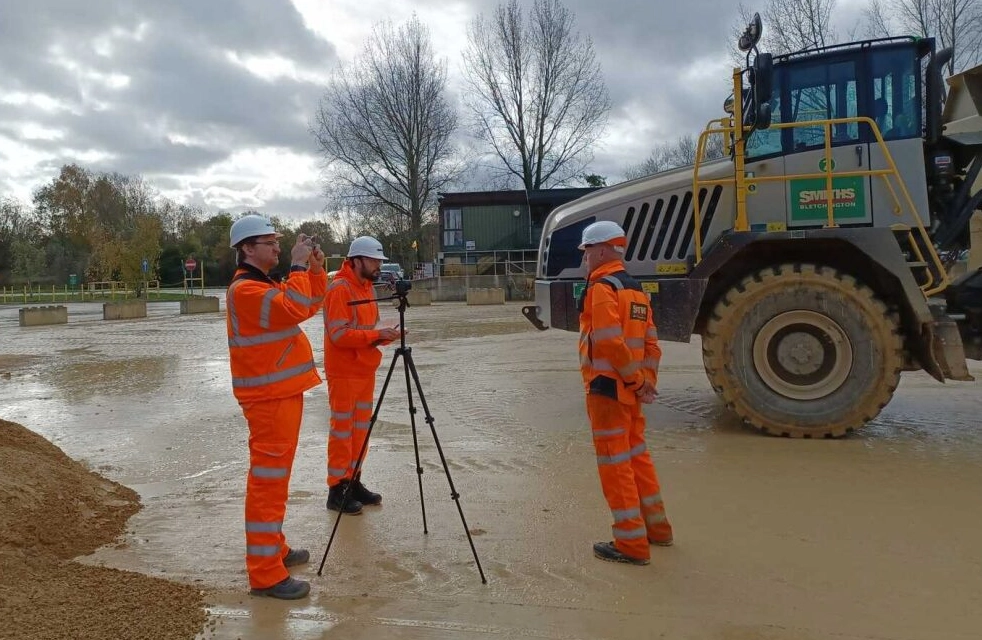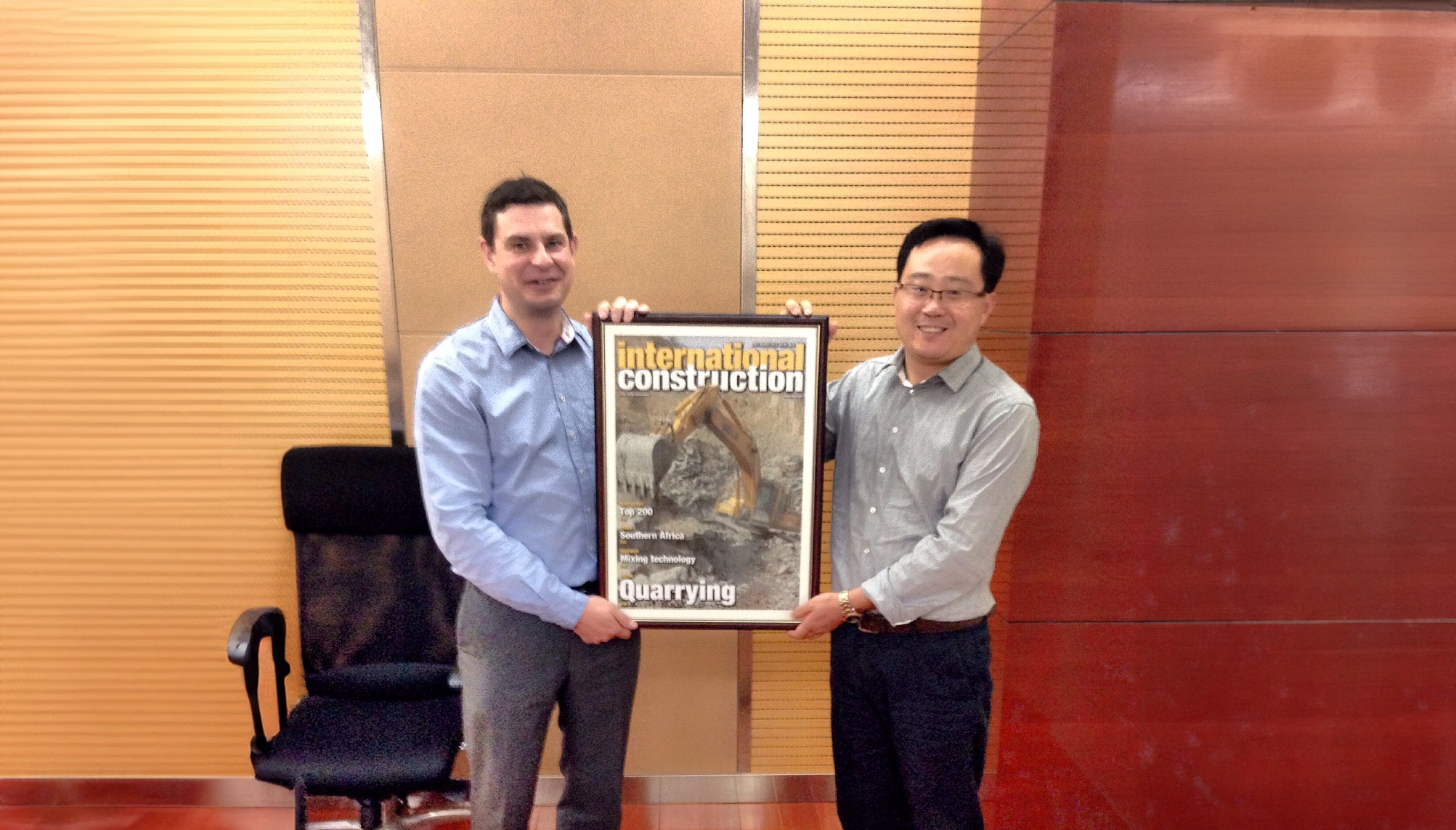In the ever-evolving world of content, journalists are being forced to explore fresh and inventive ways to capture the attention of audiences. According to Hubspot, readers only get halfway through an article before they scroll, with Hootsuite suggesting that video attention span across most social channels is no more than 30 seconds. Meanwhile, print publications have declined over 70% over the past ten years. As the world’s attention span gets smaller but the demand for engaging content increases, how are publications addressing these challenges? Here are five compelling formats reshaping the way news is delivered.
1. Interactive storytelling
Traditional news articles are giving way to interactive storytelling experiences. Journalists are using multimedia elements such as videos, podcasts, and interactive graphics to create immersive narratives. This format not only captures the audience’s attention but also allows them to actively engage with the content, enhancing their overall understanding of the story.
2. Live reporting on social media
In the age of instant information, journalists are taking advantage of social media platforms to provide real-time updates. From live-tweeting (or should we say “Xeeting”) press conferences to streaming on Instagram or Facebook, reporters are bringing their audience directly into the heart of the story. This format fosters a sense of immediacy and community involvement, creating a more dynamic news experience.
3. Data-driven journalism
By translating complex data into easily understandable charts, graphs, and maps, reporters can tell compelling stories with a focus on facts and figures. This format not only enhances transparency but also allows readers to draw their conclusions from the presented information.
4. Podcast journalism
The ongoing rise of podcasts has opened up a new avenue for journalists to share in-depth stories and conduct long-form interviews. Podcasts provide an intimate and convenient way for audiences to consume news while multitasking. Journalists are leveraging this format to delve deeper into complex issues, offering a more nuanced perspective compared to traditional reporting.
5. Long-form content
While brevity is often valued in the digital age, journalists are rediscovering the power of long-form content. In-depth articles, essays, and features allow for a comprehensive exploration of complex topics. This format encourages readers to invest time in a story, fostering a deeper understanding of the subject matter and promoting thoughtful reflection.
The ever-changing landscape of journalism is inspiring journalists to think outside the box and experiment with diverse storytelling formats. These innovative approaches not only captivate audiences but also cater to the evolving preferences of a technologically savvy generation. And it’s a world rich with opportunity. The future of journalism is dynamic, engaging, and filled with endless possibility.
The PR specialists who make up the SE10 team are perfectly placed to support brands with strategy and execution. From providing B-roll video footage or ready-made segments, to defining and providing hashtags to journalists live tweeting, and from identifying spokespeople for podcasts and giving them media training, to identifying data to develop infographics, we are at the fore of this ever-changing world.
Click here to get in touch with us and discuss how these formats might work for your brand.

By Rosie Hopkins
Account Director
About the author
Rosie is an account director at SE10 based out of the London office. She has over a decade of PR experience that spans agency and in-house communications roles across London and Singapore. She uses her experience to help clients strategise and deliver on PR campaigns across the globe.



